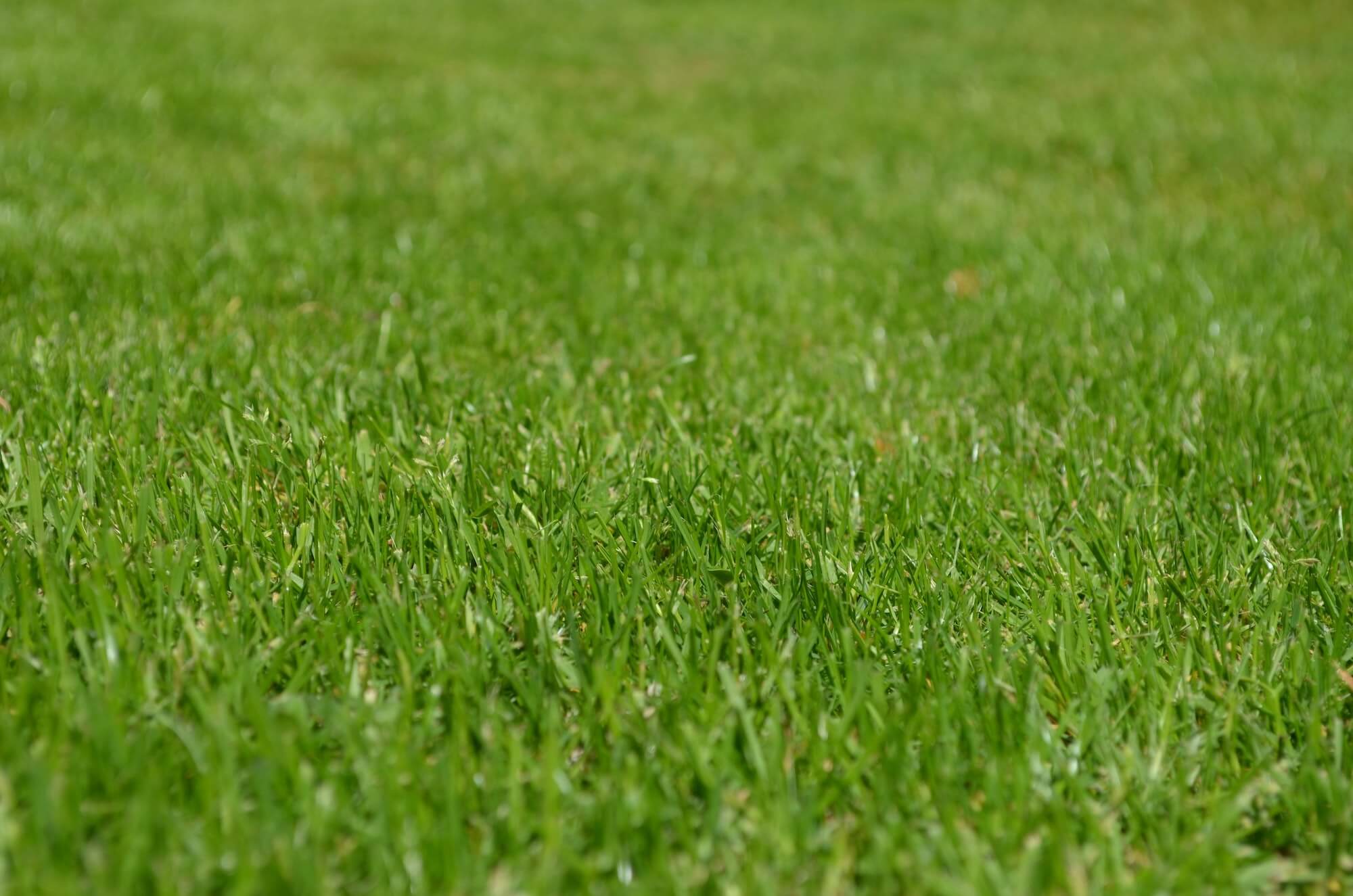 If you are frustrated with a thin and bare lawn, you should consider late-season lawn seeding! Late summer is the ideal time to decide if your lawn needs seeding work for the upcoming year. Careful advanced planning and follow-up of lawn seeding can determine the success or failure of your lawn seeding. We have a limited time window to do proper seeding. Current customers, contact ProLawnPlus now to ensure we can schedule you this year. If you’re not yet a customer, now is a great time to start service and prepare your lawn for next year.
If you are frustrated with a thin and bare lawn, you should consider late-season lawn seeding! Late summer is the ideal time to decide if your lawn needs seeding work for the upcoming year. Careful advanced planning and follow-up of lawn seeding can determine the success or failure of your lawn seeding. We have a limited time window to do proper seeding. Current customers, contact ProLawnPlus now to ensure we can schedule you this year. If you’re not yet a customer, now is a great time to start service and prepare your lawn for next year.
Lawn Conditions That Require Lawn Seeding
- Thin Lawns: Can you see the soil or thatch layer when you look down at your grass? Lawn thinness permits weeds to easily grow in the lawn and causes the grass to dry out much faster. Thin lawns need lawn seeding to grow and be healthy.
- Heavy Thatch: The thatch layer can become so heavy that the primary root system is growing more in the thatch than in the soil below. Shallow, thatch-rooted lawns are much more susceptible to drought damage.
- Poor Turf Variety: Do you want to develop a more disease-, insect-, or drought-tolerant lawn? ProLawnPlus’s lawn seeding experts can help. There are grass varieties that bugs, diseases, and hot weather don’t bother as much as others.
When Lawn Seeding Works Best
Many of our customers don’t understand why late summer and fall are usually the best times for lawn seeding. Here’s why the lawn growing process works best at this time of year:
- Grass seed planted late in the season has two good growing periods (fall and spring) to “harden off” before going through the drought and heat stress often associated with summer weather.
- In the fall, most fast-growing weeds like crabgrass weeds won’t be sprouting and choking out the new grass turf’s slower-growing permanent grass.
- Soil temperatures are higher in the late summer, making it ideal for lawn growing. The increased soil warmth results in faster germination of the lawn seeds.
- Late-summer lawn seeding need not disturb the proper timing of weed control as spring seeding almost always does.
Planting Successful Grass Seed
There are many lawn seeding methods and specific lawn conditions that call for each. Below is an overview of how to properly plant seed for optimum lawn growing:
- Aeration plus Overseeding: The big advantage of this lawn seeding method is that aeration opens the soil and provides a better germinating area for the new turf by improving seed-to-soil contact.
- Slice-Seeding (also known as Verti-Cut Seeding): For badly damaged or very thin and thatchy lawns, this lawn growing technique is an excellent way to get your lawn back on the road to health and beauty. This lawn seeding method actually plants the grass seed into the soil while helping to destroy thatch. This is accomplished with slicing blades that cut through thatch and create furrows in the soil. Small tubes drop the lawn seed into these soil furrows, and rollers close the soil back over the seed.
After Lawn Seed is Planted
 Within the first year of lawn growing, the care given to your grass turf is crucial. The following lawn seeding pointers will ensure that your grass grows healthy and remains durable:
Within the first year of lawn growing, the care given to your grass turf is crucial. The following lawn seeding pointers will ensure that your grass grows healthy and remains durable:
- Water, water, water! Frequent and light watering is ideal until the lawn seed sprouts. After this occurs, you may give your grass longer soakings.
- It is okay to mow when the grass reaches a reasonable height.
- Avoid weed controls and be sure that the new grass turf has a steady supply of lawn fertilizer to speed up establishment.
- It takes a few years to fully establish a healthy lawn. Give your new lawn seeding extra care throughout the whole first season.

